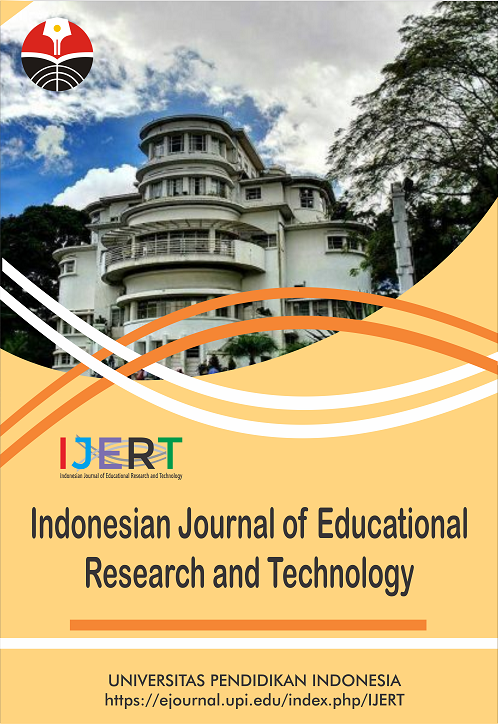Instructional Materials and Alternative Teaching Practices in Physical Education
Abstract
In physical education (PE) learning, one of the main problems faced by PE teachers is the lack of facilities and equipment. Therefore, it is necessary to find a better solution to solve this problem. This study used a descriptive evaluative and comparative research design to determine the level of achievement of the context, input, process, and product evaluation components in the learning program. This research was conducted in 3 selected schools in the Maguindanao Division-1, Philippines. The results show that books are used "widely" by sports teachers and journals are used for printed materials while electronic journals are never used for non-print references. Furthermore, overhead projectors, fitness centers, lockers, kick pads, jumping pits, punching bags, megaphones, and signage are teaching materials that have never been used in the delivery of lessons by sports teachers, local material development and alternative games are rarely used by PE teachers. Sports teachers invite alumni to help with sporting activities, and they also tap old players to help in the basketball game even though they never use beeps but only whistle. The level of use of printed materials by schools differed significantly between schools. So are results with non-printed or electronic material. In addition, researchers suggest that schools provide additional and up-to-date sports books for teachers and students, and, schools should provide other teaching materials that will assist teachers in teaching in the classroom.
Keywords
Full Text:
PDFReferences
Ahmad, C. V. (2020). College students' perspective towards lecturers' work ethics. Indonesian Journal of Educational Research and Technology, 1(1), 27-30.
Aktop, A., and Karahan, N. (2012). Physical education teacher's views of effective teaching methods in physical education. Procedia-Social and Behavioral Sciences, 46, 1910-1913.
Ilmawati, H., Suherman, A., and Friskawati, G. F. (2017). The effect of physical education teaching materials towards situational interest. IOP Conference Series: Materials Science and Engineering, 180(1), 012201.
Jizat, N. A. M., and Sulong, M. S. Lecturer Perspective on Informal Learning Activities. Indonesian Journal of Educational Research and Technology, 1(1), 23-26.
Likoko, S., Mutsotso, S., and Nasongo, J. (2013). The adequacy of instructional materials and physical facilities and their effects on quality of teacher preparation in emerging private primary teacher training colleges in Bungoma County. International Journal of Science and Research, 2(1), 403-408.
Liu, W., Ford, P., Uvegi, H., Margarido, F., Santos, E., Ferrão, P., and Olivetti, E. (2019). Economics of materials in mobile phone preprocessing, focus on non-printed circuit board materials. Waste Management, 87, 78-85.
MacPhail, A., and Halbert, J. (2010). We had to do intelligent thinking during recent PE: students and teachers experiences of assessment for learning in post‐primary physical education. Assessment in Education: Principles, Policy and Practice, 17(1), 23-39.
Ningthoujam, R., Nongthombam, B., and Sunderchand, M. (2017). Innovative teaching methods in physical education for better learning. International Journal of Community Current Research and Review, 9(16), 6-11.
Olumorin, C. O., Yusuf, A., Ajidagba, U. A., and Jekayinfa, A. A. (2010). Development of instructional materials from local resources for art-based courses. Asian Journal of Information Technology, 9(2), 107-110.
DOI: https://doi.org/10.17509/ijert.v1i2.33415
Refbacks
- There are currently no refbacks.
Copyright (c) 1970 Universitas Pendidikan Indonesia

This work is licensed under a Creative Commons Attribution-ShareAlike 4.0 International License.







.png)




